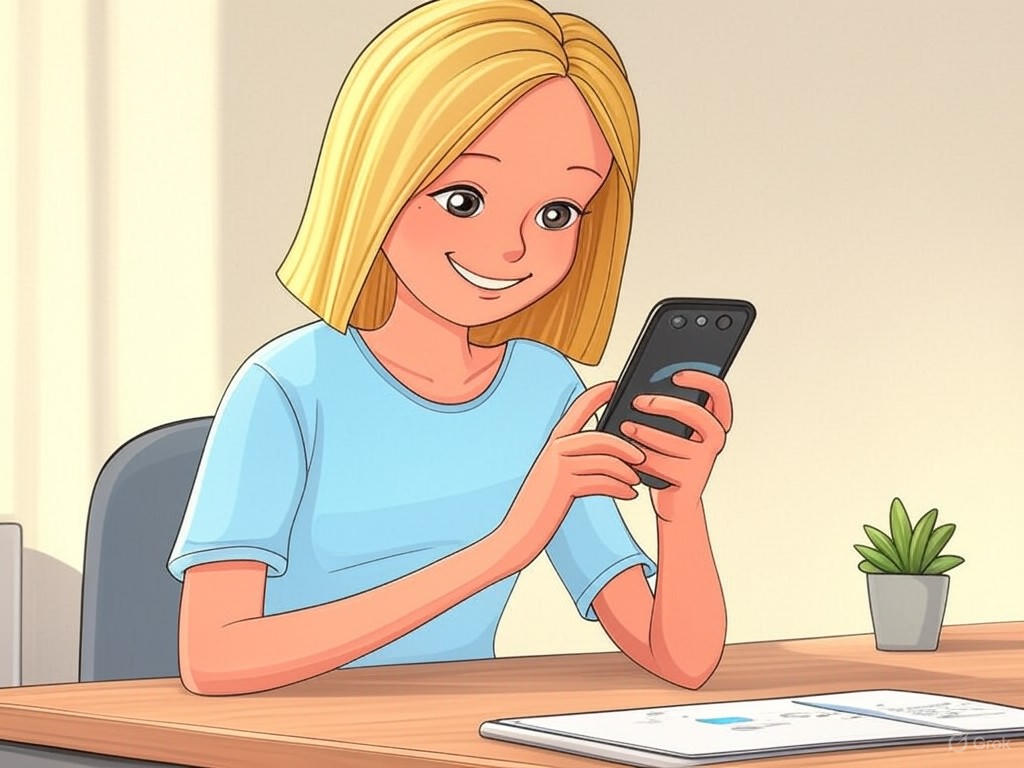 Welcome to Digital Media
Welcome to Digital Media
In this lesson, you’ll learn what digital media is, why it matters in your everyday life, and get an overview of what’s ahead in the course. This will help you become more confident and safe when using the internet and digital tools.
Imagine scrolling through your favourite social media app, watching videos online, or sharing photos with friends. All of that is part of digital media, and understanding it can help you stay safe and smart online. You'll discover how digital media connects us, lets us create fun things, and even shapes the way we learn and play.
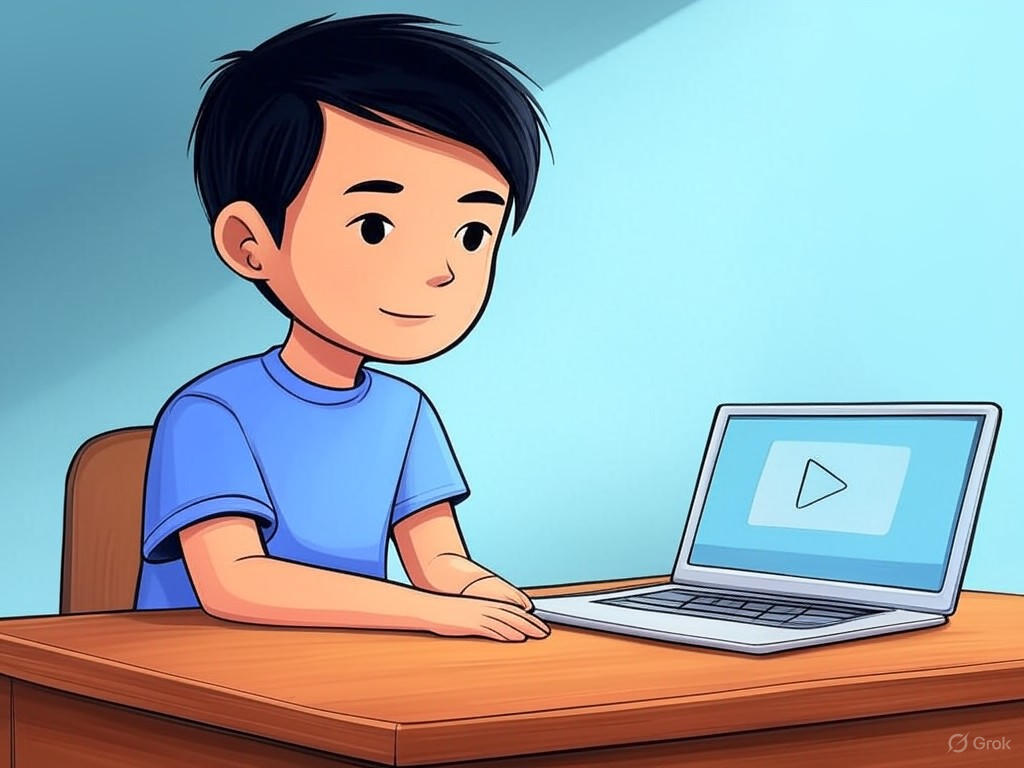 Digital media is any kind of information or content that is created, shared, or viewed using computers, smartphones, tablets, or the internet. The word 'digital' means it's made up of electronic data that devices can read and display, like the pixels on your screen. It includes things like videos, photos, music, websites, social media posts, and even games.
Digital media is any kind of information or content that is created, shared, or viewed using computers, smartphones, tablets, or the internet. The word 'digital' means it's made up of electronic data that devices can read and display, like the pixels on your screen. It includes things like videos, photos, music, websites, social media posts, and even games.
Here are some everyday examples to help you picture it:
Unlike traditional media, such as printed books, newspapers, or physical photos, digital media can be easily copied, shared with anyone around the world in seconds, and even edited or changed. For instance, you can take a photo on your phone, add filters, and send it to a friend instantly—something that's much harder with a paper photo. It's everywhere in our lives today, from doing schoolwork on a tablet to video chatting with family who live far away.
Digital media has changed how we do things. Years ago, people might have written letters or read books from a library, but now we can send messages instantly or find information with a quick search. It helps us connect with others, learn new things, and have fun in exciting ways. But because it's so easy to share, we need to think carefully about what we post and who we share it with.
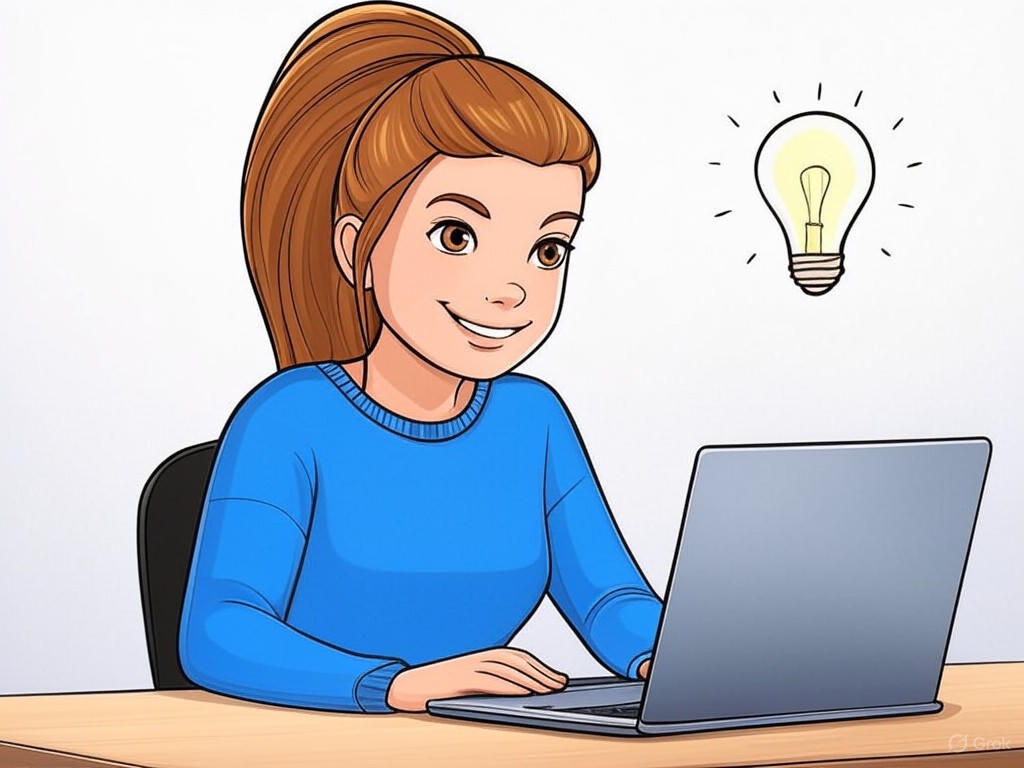 Digital media literacy means having the skills to understand, use, and create digital media safely and effectively. It's like being able to read and write, but for the online world.
Digital media literacy means having the skills to understand, use, and create digital media safely and effectively. It's like being able to read and write, but for the online world.
Why is it important? As your time online increases—and with the rise of AI and digital technology—it’s more important than ever to understand how to use the internet safely, wisely, and responsibly. Understanding how digital media literacy works is crucial because it gives you the tools to make smart choices on your own, avoid dangers like fake news or online scams, and enjoy the positive sides of digital media without worries. Digital media literacy helps you:
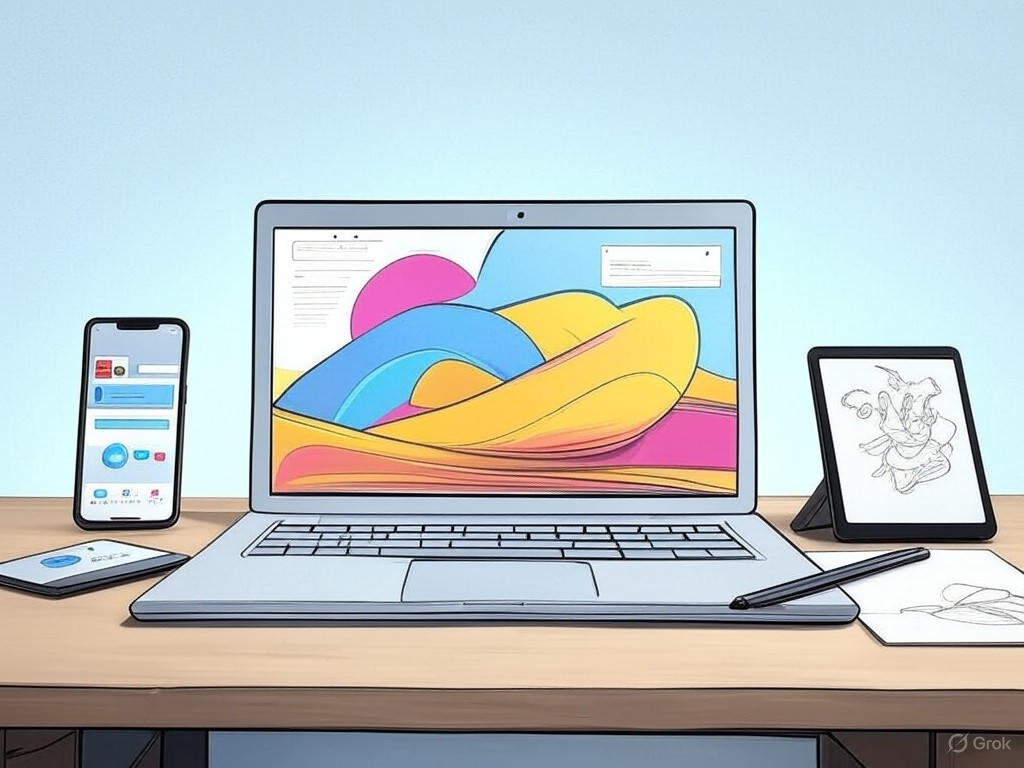 In this course, you’ll explore how to use digital media confidently, safely, and creatively. You’ll start with the basics and gradually build up to creating your own digital content and understanding how digital tools—like AI—work and affect the world around us. The following topics will be covered throughout the course:
In this course, you’ll explore how to use digital media confidently, safely, and creatively. You’ll start with the basics and gradually build up to creating your own digital content and understanding how digital tools—like AI—work and affect the world around us. The following topics will be covered throughout the course:
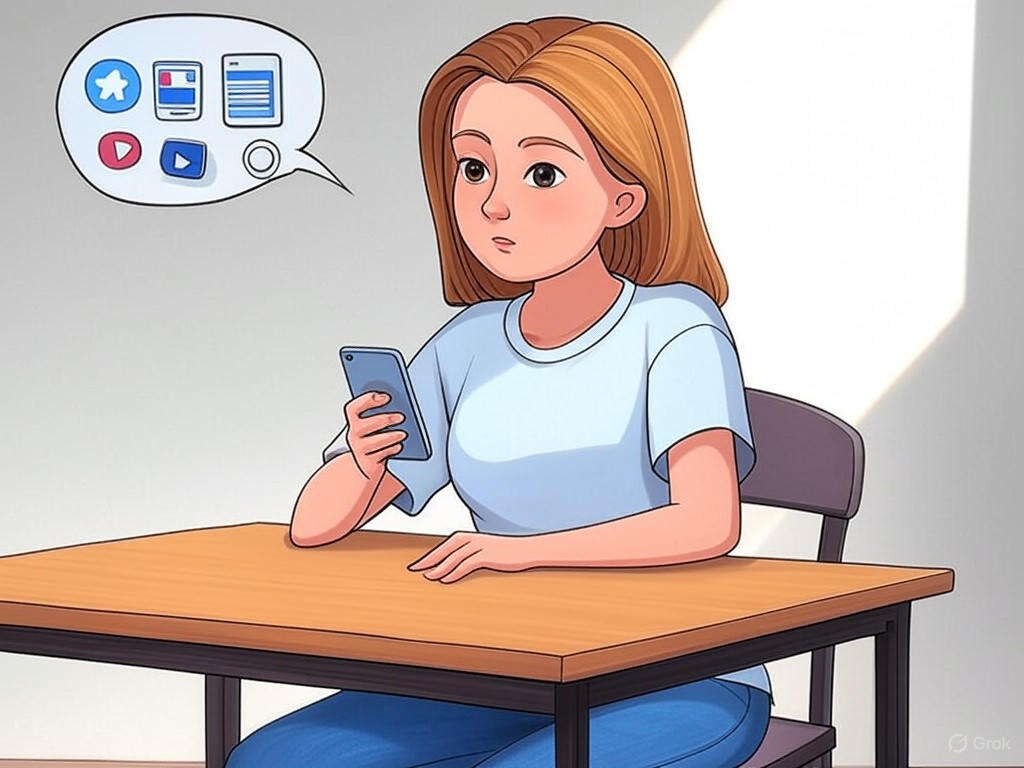 Now it's time for a quick activity to practice what you've learnt. This will help you think about how digital media fits into your everyday life and why being literate in it is useful.
Now it's time for a quick activity to practice what you've learnt. This will help you think about how digital media fits into your everyday life and why being literate in it is useful.
Think about your daily routine – from waking up to going to bed. List three examples of digital media that you use or see. For each one, write a short sentence explaining why digital media literacy (tip: we defined what it is in a previous step) might be important for it. This could include staying safe, spotting false information, or creating content responsibly.
For example: